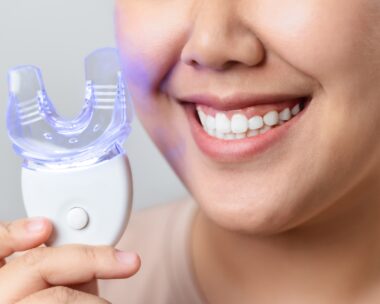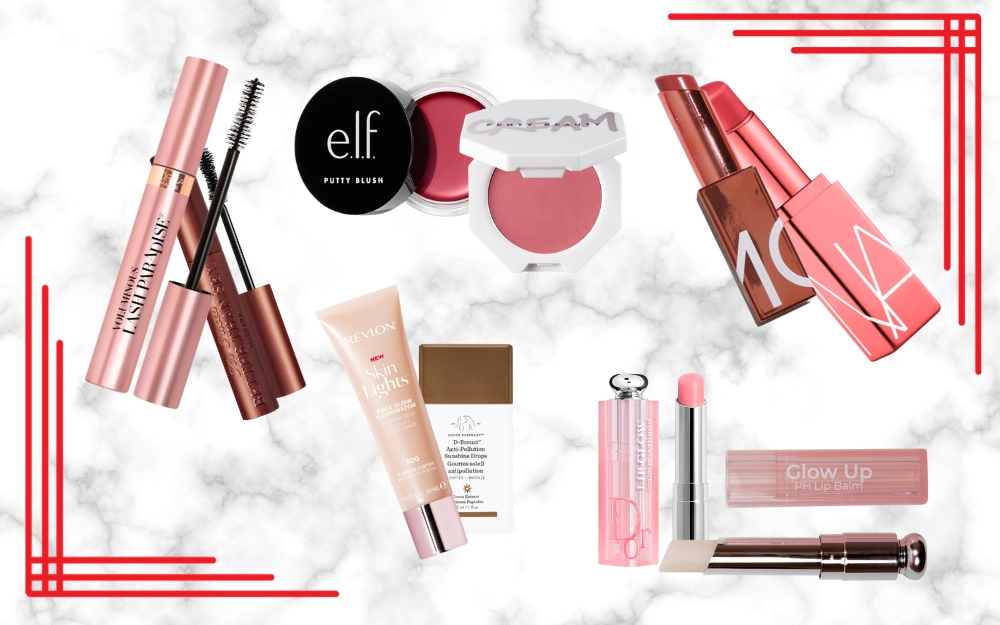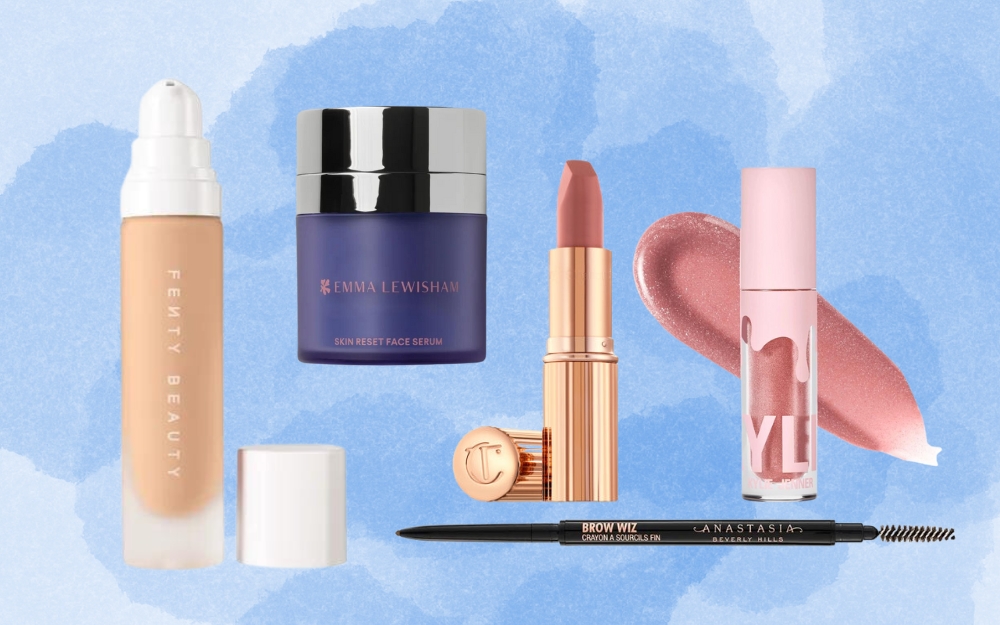In a world where driverless cars, hand transplants and space tourism are no longer the stuff of fantasy, it’s little wonder that ageing is a another major frontier we look set to conquer.
From the days of Cleopatra bathing in milk and honey to the explosion of a beauty industry dedicated to turning back the clock, society has been obsessed with both longevity and eternal youth for centuries.
And with advances in this area having accelerated to the point where it’s not inconceivable to picture a New Zealand populated by fresh-faced centenarians doing cartwheels, the very definition of ‘ageing’ is undergoing a rethink.
We began 2018 with headlines trumpeting the fact Kiwi babies born this year will have some of the longest lives in the world. Most can expect to see in the next century, with projections from Unicef and the World Data Lab giving them a life expectancy of 82 – a figure that has grown by more than two years per decade for the past century.
According to Professor Matthew Parsons, one of the country’s leading academics in the area of gerontology, our life expectancy is now increasing so rapidly we can see it on a daily basis.
“Over a 24-hour period we don’t age 24 hours; we age 23 hours and 40 minutes,” he explains.
“We’ve expected it to plateau for the past 20 to 30 years but it hasn’t, it has continued to increase.”
Which means roughly every 10 weeks another day is added to your life span – making it no surprise that by 2056 the number of Kiwis over the age of 95 is tipped to increase by more than 600 per cent to reach in excess of 42,000.
It will make those hitting 65 seem positively middle aged, and that group will certainly be dominant in our society. According to Statistics New Zealand, there were almost 730,000 Kiwis over the age of 65 in November 2017, a figure predicted to roughly double by 2046. By 2056 that group will represent a quarter of our population. While such statistics have historically been viewed negatively, with predictions of a ‘grey tsunami’ shrinking the workforce, over-stretching the economy and drowning the health system, those working in the area see it in a very different light.
Parsons is at pains to point out “it’s not all doom and gloom”.
“If you look at what makes up a community, it’s generally grandparents and mums, and these people are volunteering and making a huge contribution. We’ll see a marked increase in the ability of people to contribute and provide support to communities.”
It’s a view which Grey Power national president Tom O’Connor agrees with.
“There are significant economic and social benefits in having an healthy and active older generation who retire gradually in part-time work and remain active in their communities,” he says.
Indeed, New Zealand has one of the world’s highest rates of employment among the over 65s, with a quarter still working, a figure that rises to 43 per cent among those aged 65-69. According to National Labour Force Projections, that 65-plus group, who currently make up 6 per cent of our working population, will represent 12 per cent of employees by 2063.

For all that our lives are expected to continue extending, few relish the thought of a long existence tainted by sickness – and central to Parsons’ work is the concept of the ‘compression of morbidity’, exploring how we can delay age-related ill health until a few weeks before death.
When it comes to the negative aspects of ageing, the prospect of losing our minds is perhaps the most terrifying – and certainly, the 2016 Attitudes Towards Ageing Report found 56 per cent of Kiwis worry about becoming mentally ill or getting dementia in their later years. Given the latter affects a third of people over the age of 85, it is something that has become a focus for scientists in recent years, to great effect.
“Because of all the improvements in lifestyle and management of hyper-tension we have begun to notice a plateau in the incidence of dementia,” explains Parsons.
Not only that, at the end of last year, experts in the field of neurodegeneration revealed we could be on the cusp of a cure, after a breakthrough in the treatment of Huntington’s Disease – a progressive brain disorder.
Human trials of new drugs that work like synthetic DNA have proved successful in homing in on genetic flaws and shutting down their destructive abilities.
Leading neuroscientist Professor John Hardy, who two years ago predicted Alzheimer’s will be treatable by 2025, described it as “the biggest breakthrough in neurodegenerative disease in the past 50 years”. It has given hope that the same therapy could treat dementia.
The acceleration of research into DNA manipulation, as well as revolutionary insights into gut bacteria – the microbiome – is not only impacting on disease treat-ment, it’s also leading to a rethink around prevention, as well as day-to-day health. Personalised nutrition – where DNA is used to establish what diet is right for the individual – is already starting to make waves, and is an approach expected to dominate in years to come, both extending and improving the quality of life.
Clinical nutritionist Ben Warren is at the forefront of this area, and is in the process of launching a genetic testing lab in New Zealand, which will drastically reduce the $600 cost Kiwis currently pay to get their blood analysed overseas.
It is likely this detailed information will lead to us carrying devices – and even being implanted with technology – that will instantly let us know which foods make us slim, healthy and energetic, and those which might bring on illness and contribute to us ageing badly.
“Just a couple of months ago I was wearing a device that had a needle going into my arm which measured my blood sugar levels constantly,” says Warren. “With nutrition you often don’t see the effects of what you’ve eaten until the future, but with this device, when you’ve just eaten a doughnut you will get instant feedback on whether that food worked for you or not.”
This has huge implications for the likes of diabetes, which the Ministry of Health states is the largest and fastest growing health issue facing New Zealand. It’s believed around 100,000 Kiwis have undiagnosed diabetes; monitoring blood sugar would not only make people aware if they are at risk, but also allow sufferers to manage it effectively.
“We will probably look back in 20 years’ time and say we can’t believe people used to suffer from these issues,” says Warren, founder of holistic health company BePure.
“It will be bizarre if you don’t know what’s going on in your body. You will be able to check your phone and know your progesterone and oestrogen levels, or check your melatonin levels after a bad night’s sleep. All these things are possible right now, they’re just expensive.”
If you can’t wait – and have a spare $25,000 – the Health Nucleus in San Diego will analyse your DNA and microbiome to establish all the health and beauty issues which could affect you in the future – and advise how you can avoid them.
Dr Catherine Stone, one of New Zealand’s top cosmedicine doctors, believes such analysis will be game-changing.
“So, for example, the Health Nucleus could tell you that you’re more prone to damaging your collagen with sugar, so you should stay away from sugar and that will reduce the process of ageing,” she explains.
Which sounds all well and good, but if we become so hyper-aware that certain foods will give us diabetes, and other snacks deep wrinkles, could the future of healthy ageing be one in which many of us feel obliged to eschew the pleasures of hot chips, bacon sandwiches and chocolate fudge sundaes?
While Warren concedes vegetables will certainly have more of a starring role in our food choices in the New Zealand of tomorrow, he doesn’t see McDonald’s and KFC disappearing from Kiwi towns any time soon.
“I don’t think we’ll see a drastic collapse of fast food places, but we’ll certainly see a shift in their business models,” he says.
However, he does fear that in the longer term, eating food in its natural form may fall out of favour as more affordable, sustainable and ultimately genetically compatible solutions emerge.
“Potentially in the future only the very wealthy will eat organically-grown, pesticide-free high quality food,” he suggests.
“Many of us will be eating synthesised food that provides our bodies with the nutrients we need specific to our genetics. To a degree it’s already happening with body builders and their protein powders and bars – going forward we will see that a lot more.”

Nutrition isn’t the only industry entering a space that was unimaginable a few years back; the capabilities of the beauty industry are evolving at phenomenal speed.
If you thought your options were limited when it comes to the seemingly inevitable crinkling, wrinkling and sagging that comes with age, think again.
Stone’s clinic, the Face Place, already offers platelet-rich plasma (PRP) – a treatment which involves extracting beneficial platelets and plasma from your blood, then reinjecting them, a process which aims to rejuvenate the tissues, improving texture and elasticity.
But in the future she says this type of procedure will enter another level as our own stem cells, harvested from blood or fat, will be used to turn back the clock.
“Stem cells are going to become a big thing across the board,” says Stone, a regular attendee at industry conferences around the world. “At the moment it’s not quite there in terms of the balance of risk and safety, but I think in the next two to five years we will see stem cells in common use.”
And as the treatments become more high tech, so too could the process of getting them – with robots enjoying a role.
“Artificial intelligence will become a much bigger part of practice, both in terms of diagnosis and potentially in the administration,” says Stone, who is writing a book titled Grow Younger and More Beautiful As You Age.
She is highly aware the future is both “mind-blowingly scary and exciting all at the same time”, and is already considering the best way to guide her business and clients through it.
“Within 10 to 20 years ageing will be optional,” she says.
“We are looking at how we manage this change, doing it in a way that it integrates beautifully and enhances people’s experience, longevity, and how they look and feel about themselves as they grow older.”

For all the advances that have been made around ageing and longevity, death itself will always remain an inevitability. But if, as a pensioner, you knew how long you had left to live, would you treat life any differently? And regardless of your state of health, would you rather spend your final year in and out of hospital or in your own home?
These are questions the Institute of Healthy Ageing has devoted a huge amount of research to, to the point the Hamilton-based facility can now work out when a person is in their last 1000 days of life – a prediction they hope GPs nation-wide will soon be able to make.
While it might sound morbid, Barbara Garbutt, chair of the Institute, explains it is quite the opposite. She suggests if a person knows they have finite time left, they can plan accordingly, and be clear on how much intervention they want.
The theory is this beats the alternative of being unaware you have just six months to live, turning up to A&E with a health issue, spending a month in a high dependency unit then even longer in a regular hospital bed – before being discharged and dying two weeks later anyway.
“We’re trying to get people to talk about those last 1000 days in a positive way,” Garbutt says. “It’s about making informed decisions at a time when you’re comfortable to make them, rather than in a time of crisis.”
While cynics might suggest such an approach – along with other programmes which focus on at-home care instead of lengthy hospitalisation – is a way of freeing up beds and cost cutting, research shows keeping people out of hospital can actually extend life.
Parsons, who works with the Institute, explains our muscles deteriorate at 3% per day when we are inactive in a hospital bed, and that reduction in muscle mass and strength directly correlates with slower recovery – and even death. “The days of keeping people in hospital for months and months has long gone,” he says, adding that the prevalence of people going into residential care is also on the decline.
“All the evidence says getting home is the best possible thing you can do.”
Garbutt points out it is also patients’ preference. “We are seeing that our older population would prefer to be at home and not in hospital.”

What is increasingly apparent is that when it comes to innovations in the ageing space, New Zealand will not be left behind.
“I think we’re in a very good position moving forward,” says Parsons, referencing the fact we were one of the first countries to implement InterRAI, a clinical assess-ment tool that identifies the needs of older people. “We take learnings from evidence across the world and in many instances we are significantly more advanced than where those initiatives left off.”
Ben Warren is attracting world experts to his lab in the Hawke’s Bay, and is confident New Zealand “has an opportunity to be at the forefront of all this.”
“As a market we are of a good size to test offerings, we’ve got good internet, smart people and we have a great lifestyle,” he continues.
In fact, it seems one of the only barriers to healthy and positive ageing in the future will be our attitude towards those over the age of 65 – something Tom O’Connor believes is one of the biggest challenges facing that sector.
“Ageism is one of the most serious impediments to older people being fully engaged in society,” says the Cantabrian, who at 73 serves on a district council, runs a small farm and is a newspaper columnist – as well as head of Grey Power.
“Old is a relative term – a generation ago 60 was considered old, today people of 70 are not seen as particularly old.”
And in the world of tomorrow, it seems perfectly plausible that 100 could be the new 70.
Breakthroughs in the quest for youth
• In 2016 researchers at the University of New South Wales discovered that a molecule called NAD+, which is found in every cell of the body, is key in DNA repair. Treating old mice with an NAD+ booster vitamin meant that within a week their cells were indistinguishable from those of young mice. Human trials are now underway.
• Following years of research into the effect of telomeres – structures in chromosomes that are key in ageing – last year a book was released explaining how to control them. The Telomere Effect, by Elizabeth Blackburn and Elissa Epel, reveals how healthy living can lengthen telomeres and therefore your life.
• In 2017 a study from Cedars-Sinai Heart Institute explored the impact of stem cell manipulation on the overall ageing process. A month after old mice were injected in the heart with stem cells from newborns, they were able to exercise longer, regrew hair faster and had a rejuvenated cardiac system.
• In a paper published in the journal Cell last year, scientists at Baylor College of Medicine investigated the way the microbiome influences how we age. They suggested we may be able to slow the ageing process and increase longevity by using supplements derived from gut bacteria.




